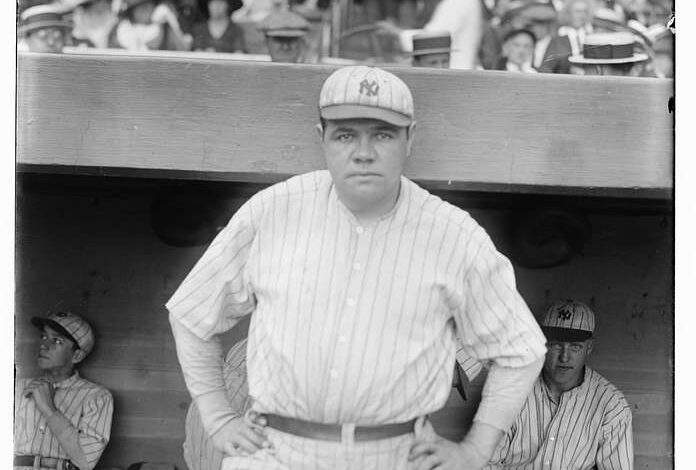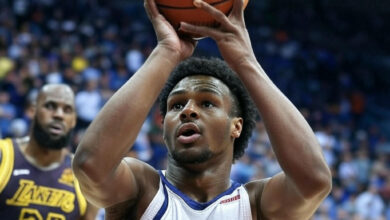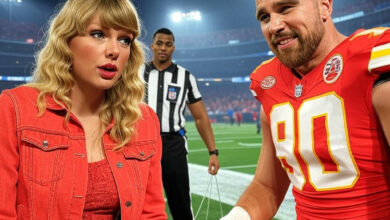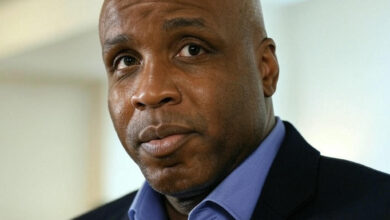Babe Ruth: The Overrated Sultan of Swat

It’s time we address the elephant in the room: Babe Ruth is not the greatest baseball player of all time. This opinion may ruffle some feathers, but the numbers don’t lie. While Ruth’s contributions to the game are undeniable, his legendary status is grossly inflated by nostalgia and a romanticized view of baseball’s past. In today’s game, Ruth wouldn’t even crack the top tier of players. Here’s why.
The Competition Gap
Let’s start with the obvious: the competition Ruth faced was nowhere near the level of what today’s players contend with. In the 1920s and 30s, baseball was still a segregated sport. Ruth never faced the likes of Satchel Paige or Josh Gibson, and this glaring omission in competition weakens his claim to greatness. The talent pool was severely limited, making Ruth’s accomplishments less impressive compared to modern players who face a global pool of talent.
Consider this: the integration of baseball in 1947 brought in a wave of incredibly talented players from the Negro Leagues who had been excluded from Major League Baseball (MLB) due to racial discrimination. Players like Jackie Robinson, Willie Mays, and Hank Aaron changed the landscape of the game forever. Ruth never faced this caliber of competition, making his records less impressive in comparison to those set by players who competed in a fully integrated league.
Athletes Today Are Superior
Athleticism has evolved dramatically since Ruth’s time. Today’s players are faster, stronger, and more skilled, thanks to advances in training, nutrition, and sports science. Ruth, with his famously portly physique and penchant for hot dogs and beer, would struggle to keep up in a game that now demands peak physical condition. It’s not just about raw talent; it’s about adapting to the modern era’s rigorous demands. Ruth’s lifestyle and body type would be a significant disadvantage today.
Let’s put this into perspective. Modern players like Mike Trout and Mookie Betts are not only exceptional hitters but also superb athletes. Trout, with his blend of power, speed, and defensive prowess, embodies the complete player that Ruth was not. Betts, a former MVP and multiple Gold Glove winner, excels in all facets of the game. Ruth, with his subpar conditioning and questionable work ethic, would find it nearly impossible to compete with these modern-day titans.
The Myth of Ruth’s Power
Ruth’s home run records are often cited as proof of his dominance, but a deeper dive into the stats reveals a different story. Ruth hit 714 home runs in an era where pitchers often threw complete games, and the fastball was the dominant pitch. Today’s hitters face specialized relievers throwing 100 mph fastballs and wicked sliders. The variety and velocity of pitches have evolved, making it much harder to hit home runs in the current era. The fact that modern players like Barry Bonds, with 762 home runs, and Hank Aaron, with 755, surpassed Ruth’s total in a more competitive environment, underscores this point.
Furthermore, the ballparks in Ruth’s era were often smaller and had quirky dimensions that favored hitters. For example, the right field fence at the Polo Grounds, where Ruth played many games, was just 258 feet from home plate. Compare this to modern ballparks like Oracle Park in San Francisco, where the right field fence is 309 feet away. The disparity in ballpark dimensions further inflates Ruth’s home run numbers when compared to modern players who have to hit in more standardized and often more challenging environments.
Fielding and Base Running
Ruth was no Gold Glove outfielder. His defensive skills were mediocre at best, and his base running was average. In contrast, modern greats like Willie Mays and Ken Griffey Jr. excelled in all aspects of the game: hitting, fielding, and base running. The true measure of greatness in baseball is not just about hitting home runs but being a complete player. Ruth’s deficiencies in the field and on the base paths are often overlooked but cannot be ignored in a fair comparison with today’s all-around superstars.
Take a look at Mays, who won 12 Gold Gloves and is widely regarded as one of the best defensive players in history. His combination of power, speed, and defensive brilliance sets him apart from Ruth. Griffey Jr., with his 10 Gold Gloves and 630 home runs, also outshines Ruth in terms of all-around ability. Ruth’s defensive liabilities and lack of speed would be glaring weaknesses in today’s game, where versatility and athleticism are paramount.
The PED Factor
Here’s a controversial thought: if Ruth had access to the same performance-enhancing drugs that modern players have been accused of using, would he still have been dominant? It’s impossible to say, but the speculation works both ways. Modern players are often vilified for alleged PED use, yet their achievements are scrutinized far more intensely than Ruth’s ever were. The playing field is different now, and the relentless focus on drug testing and performance metrics makes today’s players more accountable and arguably more credible in their accomplishments.
Consider the case of Barry Bonds, who, despite the cloud of PED allegations, faced pitchers throwing at unprecedented speeds and with advanced breaking pitches. Bonds’ eye-popping stats, including his single-season record of 73 home runs, were achieved in an era of intense scrutiny and competition. The PED era, for all its controversy, also brought to light the extraordinary skill and dedication required to excel in modern baseball. Ruth’s era had no such scrutiny or regulation, allowing his numbers to stand unchallenged.
The Pitching Argument
Some argue that Ruth’s success as both a hitter and pitcher sets him apart. While it’s true that Ruth was a talented pitcher, his pitching career was relatively short-lived. Modern two-way players like Shohei Ohtani are showing that excelling in both roles is possible even in today’s hyper-competitive environment. Ohtani’s achievements, facing the best pitchers and hitters in the world, are arguably more impressive than Ruth’s, given the level of competition and the evolution of the game.
Ohtani’s 2021 season, where he hit 46 home runs and posted a 3.18 ERA with 156 strikeouts, showcases a level of versatility and dominance that Ruth never matched. Ohtani’s ability to thrive as both a hitter and pitcher in the modern game, with its advanced scouting and analytics, highlights the unique challenges that today’s players face. Ruth’s dual-role accomplishments, while impressive for his time, pale in comparison to what Ohtani is achieving against far superior competition.
Conclusion
Babe Ruth was undoubtedly an icon of his era and a transformative figure in baseball history. However, the claim that he is the greatest baseball player of all time doesn’t hold up under scrutiny. The game has evolved, and so has the level of competition. When you consider the limited talent pool Ruth faced, his lack of athleticism by today’s standards, and the advancements in training and performance, it’s clear that Ruth wouldn’t be the legend in today’s MLB that he is in the annals of baseball history.
It’s time to take off the rose-colored glasses and give credit where it’s due. The title of the greatest baseball player of all time should go to someone who excelled in all facets of the game, faced the best competition, and thrived in an era where every advantage and disadvantage was magnified. Babe Ruth was great, but he’s not the greatest. It’s time we recognize that the true giants of baseball are those who have proven their greatness against the toughest competition, with the highest stakes, and under the brightest lights.




